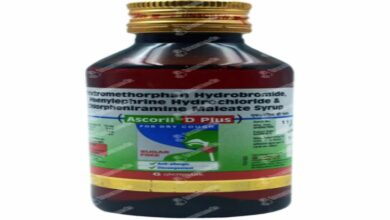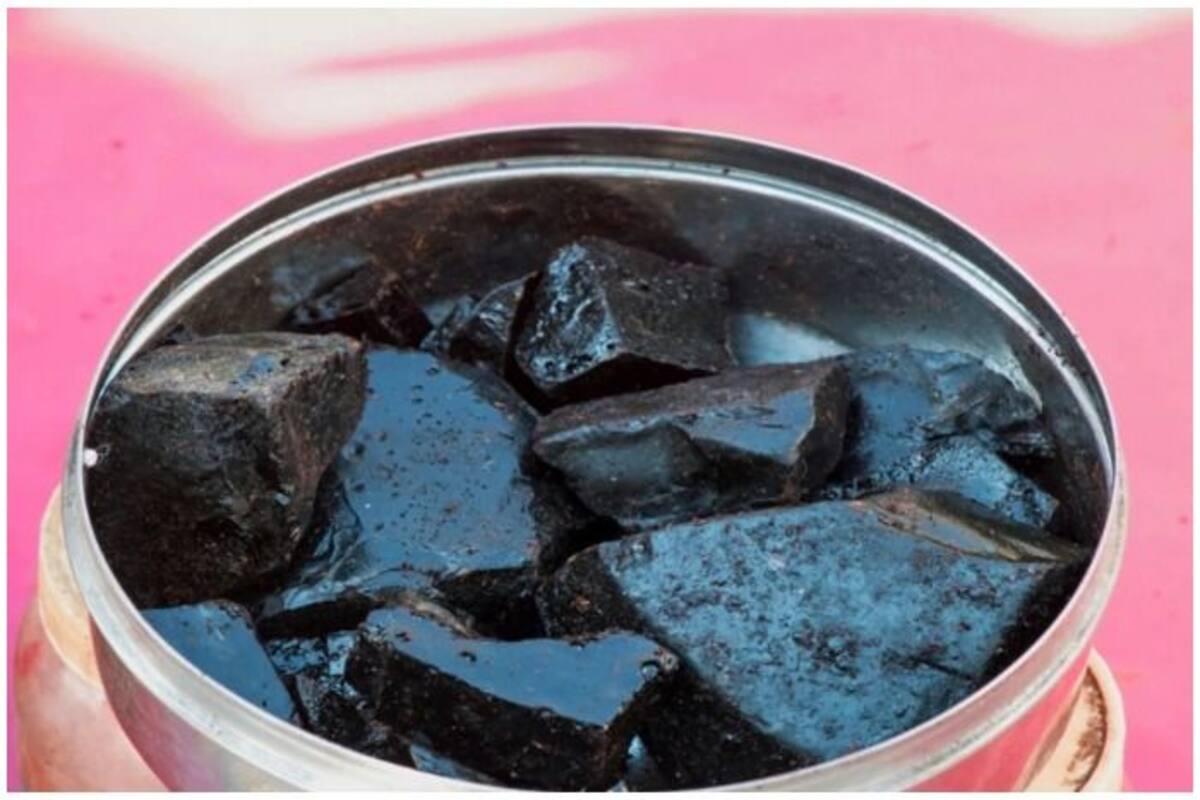A recent study published in the Environmental Science and Pollution Research journal revealed that retention ponds and wetlands constructed as part of major road schemes can significantly reduce pollution from tyre particles. The research, conducted by scientists from the universities of Plymouth and Newcastle in the UK, found that these ponds can reduce the quantities of tyre particles entering the aquatic environment by an average of 75 percent.
The study, which analyzed samples collected alongside busy routes in South West England and the Midlands, highlighted the alarming fact that about six million tonnes of tyre wear particles are released globally each year. These particles contain toxic chemicals that are harmful to both human health and the environment, including polyaromatic hydrocarbons, benzothiazoles, isoprene, zinc, and lead.
Lead author Florence Parker-Jurd, Associate Research Fellow at the University of Plymouth, explained that while retention ponds and wetlands are primarily built to prevent flooding and attenuate flow, they also play a crucial role in removing pollutants. The presence of these ponds led to a significant reduction in the mass of tyre wear particles being discharged into aquatic waters, thereby protecting rivers and the ocean beyond.
The researchers discovered tyre particles in all 70 samples taken during the study, emphasizing the widespread presence of this form of pollution. However, the study also found that wetlands and retention ponds were effective in removing these particles in greater quantities compared to other forms of microplastics, such as plastic fibres and fragments.
The findings of this study have international significance, as they shed light on effective ways to mitigate the impacts of tyre pollution on a global scale. This research underscores the importance of incorporating nature-based solutions like retention ponds and wetlands into infrastructure projects to protect human health and the environment from harmful pollutants.

 Community Health Initiatives: How Local Engagement Improves Overall Well-being
Community Health Initiatives: How Local Engagement Improves Overall Well-being Unlocking the Benefits of Medicare Part D Plans for 2025
Unlocking the Benefits of Medicare Part D Plans for 2025 Comparing Ascoril D Plus with other cough syrups and expectorants on the market
Comparing Ascoril D Plus with other cough syrups and expectorants on the market AstraZeneca’s Covishield To Cause Rare Yet Serious Side Effects
AstraZeneca’s Covishield To Cause Rare Yet Serious Side Effects Reinforce Your Smile: Discover the Benefits of Hydroxyapatite Toothpaste
Reinforce Your Smile: Discover the Benefits of Hydroxyapatite Toothpaste Shilajit for Women: Balancing Hormones and Supporting Wellbeing
Shilajit for Women: Balancing Hormones and Supporting Wellbeing Learn All About Truck Accident And What a Truck Accident Lawyer Can Help
Learn All About Truck Accident And What a Truck Accident Lawyer Can Help Fever: Symptoms, Treatments, Types, and Causes
Fever: Symptoms, Treatments, Types, and Causes